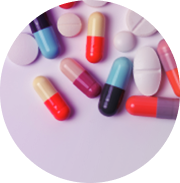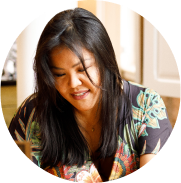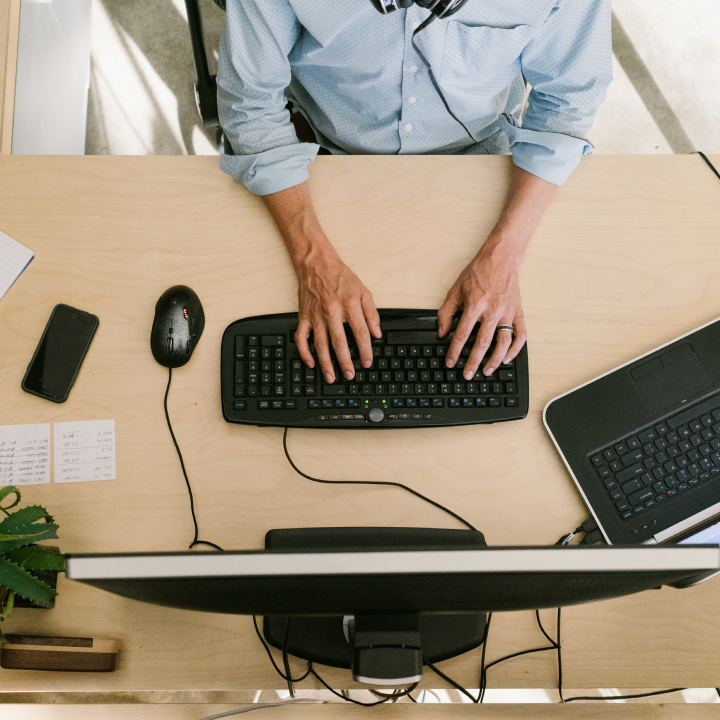What Causes Dry Eyes?
What Causes Dry Eyes?
A variety of factors can combine to contribute to Dry Eye. Most symptoms are related to lifestyle, environment, surgery or certain medications, but also age related factors, like menopause. If you have any of the conditions below and also have Dry Eye symptoms, talk with your doctor.

Gender & Ethnicity
In general, women are more at risk for dry eye due to hormonal changes that occur from pregnancy and menopause. Ethnicity also plays a role in whether or not you have dry eye. Evidence shows that Asian, Hispanic and Pacific Island populations are more prone to developing dry eye.


Aging
As we age our tear production naturally reduces. In order to maintain good eye health, the American Optometric Association recommends people over the age of 60 schedule regular eye exams.

Hormonal Changes
Women who use birth control or are going through menopause are at a greater risk of experiencing Dry Eye as both can cause a hormonal imbalance that reduces production.

Environment
Low humidity, drier winter months, and windy conditions can all cause Dry Eye. High pollution levels can also increase the risk of symptoms as pollutants, such as ozone, affect the tear glands which naturally moisten the eyes.

Extended Screen Time
As well as the weather, spending more time on computers, mobile phones and tablets is an environmental factor that can cause Dry Eye.

Contact Lens Wear
Contact lens wear is a risk factor for developing dry eye. It is important to clean and take care of your contact lenses. If you experience dry eye symptoms while wearing contact lenses, talk to your eye doctor and ask about SYSTANE®.

Certain Types of Medications
Antihistamines, decongestants, hormone replacement therapy, antidepressants and certain medications for high blood pressure and acne are risk factors for dry eye symptoms.

Laser Eye Surgery
Post surgery, as nerves in your eye heal and lubrication levels adjust you may experience dryness. Your eye care professional will normally prescribe eye drops to aid your recovery.
Other Causes
Meibomian Gland Dysfunction (MGD)
Meibomian gland dysfunction is a common eye condition you have probably never heard of. Simply put, it is a blockage of the glands lining your eyelids that help make the oil layer of your tears. Wearing contact lenses can increase your chances of developing MGD4.
This article part funded by Alcon suggests there is no proven evidence that Contact lenses cause MGD.

Computer Vision Syndrome
Too much screen time can lead to eye and vision related problems like blurry vision, headaches and even neck pain. This condition is known as computer vision syndrome (or digital eye strain). When you stare at a screen you blink less, so you're not getting enough lubrication across your eyes. Contact lens wearers can experience computer vision syndrome too.

Sjögren's Syndrome
Sjögren's (“SHOW-grins”) Syndrome is a common autoimmune disease which occurs when the body’s white blood cells mistakenly attack moisture producing glands. This can cause inflammation and a significant reduction in the quantity and quality of the moisture these glands produce. Talk to your doctor if you think you have Sjögren's Syndrome and are experiencing dry eye, dry mouth, joint pain or fatigue.

References:
1. Davitt WF, Bloomenstein M, Christensen M, Martin AE. Efficacy in patients with dry eye after treatment with a new lubricant eye drop formulation. J Ocul Pharmacol Ther. 2010;26(4):347-353.
2. Christensen MT, Martin AE, Bloomenstein M. A comparison of efficacy between Systane Ultra and Optive lubricant eye drops when tested with dry eye patients. Optometry. 2009;80(6):315
3. Rangarajan R, Kraybill B, Ogundele A, Ketelson H. Effects of a hyaluronic acid/hydroxypropyl guar artificial tear solution on protection, recovery, and lubricity in models of corneal epithelium. J Ocul Pharmacol Ther. 2015;31(8):491-497.
4. Rolando M, Autori S, Badino F, Barabino S. Protecting the ocular surface and improving the quality of life of dry eye patients: a study of the efficacy of an HP-guar containing ocular lubricant in a population of dry eye patients. J Ocul Pharmacol Ther. 2009;25(3):271-278.
5. Silverstein S, Yeu E, Tauber J, et al. Symptom Relief Following a Single Dose of Propylene Glycol-Hydroxypropyl Guar Nanoemulsion in Patients with Dry Eye Disease: A Phase IV, Multicenter Trial. Clin Ophthalmol. 2020;14:3167-3177.
6. Internal calculations by Alcon based on IQVIA Consumer™ Health Insights/MIDAS Audit, Dollars, MAT 06 2021
Consult your healthcare or eye care professional for use, precautions, warnings and contraindications.